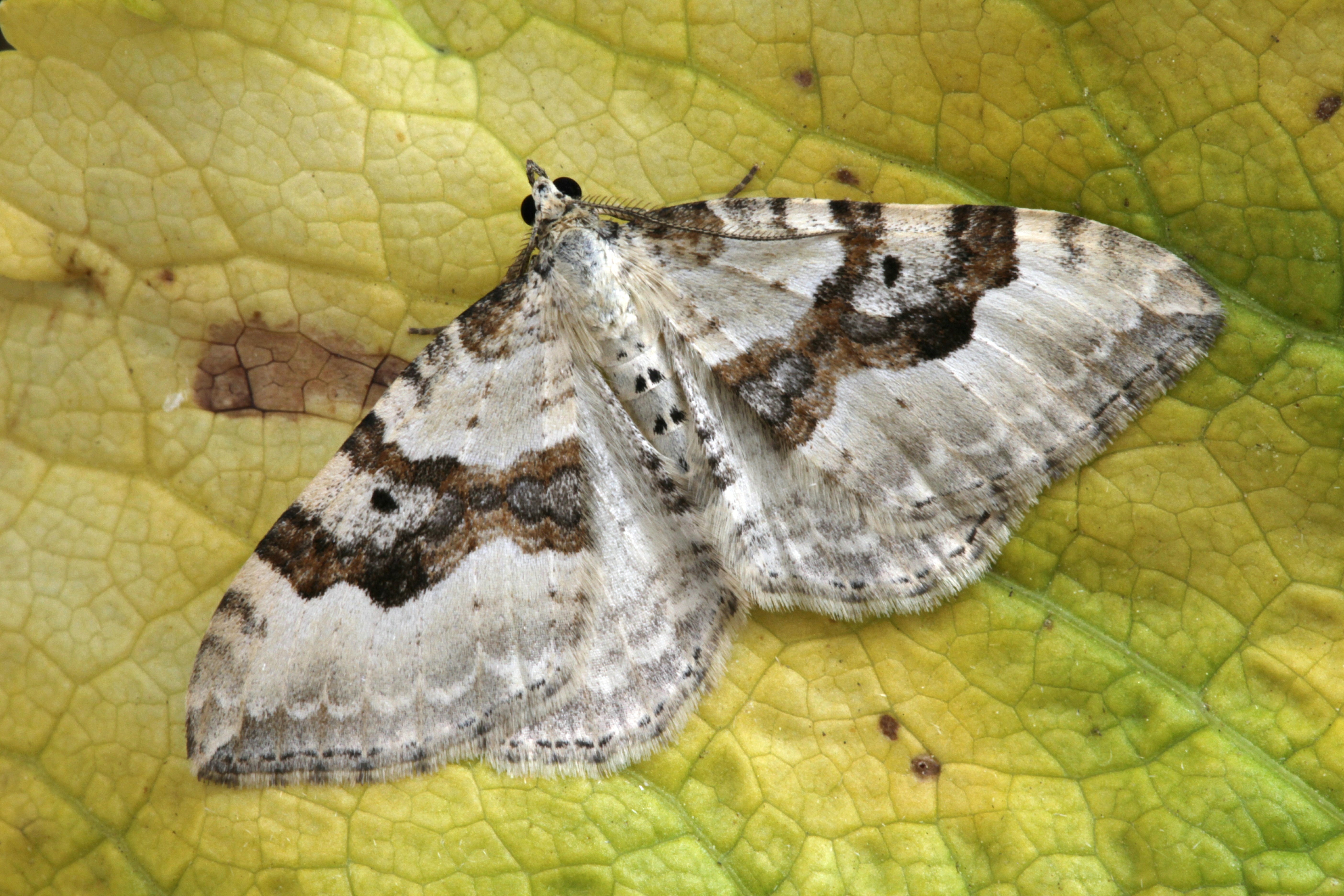If you are planning to turn your garden into a haven for butterflies and moths this is a great place to start. Use the jargon buster to get to grips with some useful gardening terms - all examples are butterfly and moth-friendly plants.
Hardiness
Refers to the lowest temperature that a plant can endure and is usually divided into three categories:
‘Tender’ plants are killed by freezing temperatures
‘Half-hardy’ plants cannot cope with frost and need a sheltered location or greenhouse protection.
‘Hardy’ plants are able to withstand normal winter frosts.
Annual
A plant that flowers and seeds in its first year after sowing and then dies eg Nasturtium Tropaeolum majus. Seeds of hardy annuals, such as Pot Marigold Calendula officinalis, can withstand frost and be sown outdoors in spring. Half-hardy annuals such as Nicotiana sylvestris need heat to germinate and are killed by frost.
Biennial
A plant that takes two years to complete its life cycle. Leaves, stems and roots form during the first year and flowers and seeds in the following season eg Sweet William Dianthus barbatus and Honesty Lunaria annua.
Perennial
Any plant that lives for more than two years. Sometimes perennials die down over winter. Each year they put out new growth and usually flower and set seed eg Michaelmas Daisy Aster novi-angliae and Phlox paniculata.
Tree
A woody plant with a single trunk that is usually capable of exceeding 5 metres in height eg Silver Birch Betula pendula and English Oak Quercus robur.
Shrub
A woody plant that is not a tree and usually has multiple trunks and no central stem eg Garden Privet Ligustrum ovalifolium, Lilac Syringa vulgaris and Buddleia spp. (Note: ‘spp’ means there are different types eg Buddleia davidii or Buddleia weyeriana)
Climber
A plant that naturally scrambles over shrubs or up trees eg Honeysuckle Lonicera periclymenum entwines the support and Common Ivy Hedera helix clings using aerial roots.
Evergreen
Refers to trees, shrubs or plants that have foliage throughout the year, continually shedding and replacing leaves eg Holly Ilex aquifolium.
Deciduous
A tree, shrub or plant that sheds all its leaves annually at the end of the growing season in autumn and then has a dormant period without leaves eg Blackthorn Prunus spinosa and Buckthorn Rhamnus cathartica.
Herbaceous
Refers to plants that have fleshy stems, rather than the woody tissue of trees and shrubs. eg Goldenrod Solidago spp and Valerian Centranthus ruber. Herbaceous plants are clump forming and some spread more than others.
Herbaceous borders are long narrow flowerbeds, backed by a wall or hedge, containing mainly hardy herbaceous perennials of varying heights and spread – often tall plants at the back of the bed and smaller herbaceous plants at the front.
Bedding plants
Flowering plants raised in quantity for a temporary display eg planted in spring for a colourful summer display then discarded.
Soil types
All plants are affected by the acidity or alkalinity of soil. This can be measured in terms of pH, which has a scale ranging from 0 (very acidic) to 14 (very alkaline), with neutral being 7. Most soils are in the range 3.5 to 9. The optimum pH for most plants is 5.5 to 7.5. The pH of the soil affects the availability of minerals for plants.
Alkaline soil is rich in calcium, such as chalk or limestone, so plants that grow here are known as ‘lime-loving’ eg Common Hawthorn Crataegus monogyna and Cone Flower Echinacea purpurea.
Plants that only grow on acid soil are known as ‘ericaceous’ or ‘lime-hating’ eg Azalea Rhododendron spp and Heather Erica cinerea.
Mulch
A layer of organic matter such as compost, rotted manure, straw or bark which is spread on the soil around plants to insulate the soil in winter, keep the roots cool in summer, maintain moisture and suppress weed growth.
Deadheading
Removing dead or faded flowers from a plant to prolong flowering or prevent seed dispersal.
Pesticide
A substance intended for preventing, destroying or repelling pests. The term applies to insecticides, herbicides (‘weedkiller’), fungicides etc. Not recommended for a wildlife-friendly garden!
Nectar plant
Flowers containing sweet liquid on which adult butterflies and moths feed.
A large range of nectar plants are used by butterflies and moths - from shrubs such as Buddleia to herbs like Wild Marjoram Origanum vulgare.
Foodplant
Flowers, grass, shrubs or trees which are eaten by butterfly and moth caterpillars.
Many species depend on a single or limited range of foodplants. Peacock caterpillars, for example, feed mainly on Common Nettle Urtica dioica and Meadow Brown caterpillars feed on a range of grasses. Adult females normally lay their eggs on or near specific foodplants. The choice of foodplant is unrelated to the nectar plant preferences of adult butterflies and moths.
Happy Gardening
The BC Towers ‘Secret Gardener’


